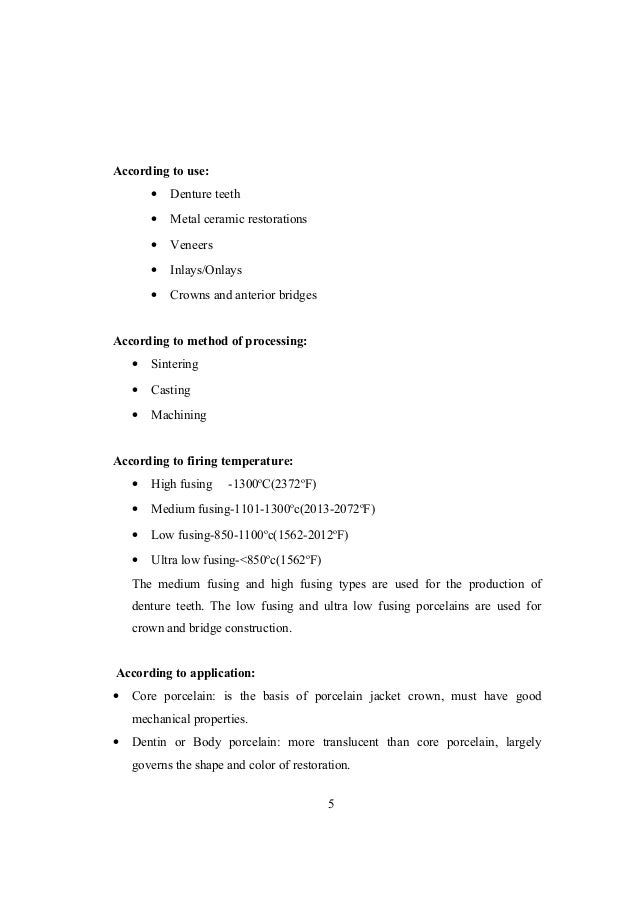The production of advanced ceramics should be based on its shapes.
Processing methods of ceramics.
Traditionally there are three main technological routes of ceramic shaping.
There are many kinds of processing methods for advanced ceramic materials.
Methods for forming powders of ceramic raw materials into complex shapes are desirable in many areas of technology.
Dry pressing is also known as press forming.
In this method ceramic particles are suspended in water an cast into porous plater molds.
Ceramic forming techniques are ways of forming ceramics which are used to make everything from tableware such as teapots to engineering ceramics such as computer parts.
Some of the most common forming methods for ceramics include extrusion slip casting pressing tape casting and injection molding.
Thermo plastic shaping technologies and.
For example such methods are required for producing advanced high temperature structural parts such as heat engine components recupera.
Pottery techniques include the potter s wheel slipcasting and many others.
Wet shaping or suspension based technologies.
Independent from the intended use ceramic processing starts from an initial powder.
Dry shaping technologies 2.
Milling raw material procurement the raw materials used in the process are milled materials typically found in mining sites that have been reduced from a large size to smaller sizes or even in some cases pulverized depending upon the end product.
Common ceramic forming methods are listed as follows.
The pores in the mold create a capillary pressure because of this the water in the slip is absorbed by the mold.
Different forming methods need to be combined with different bonding agents.

